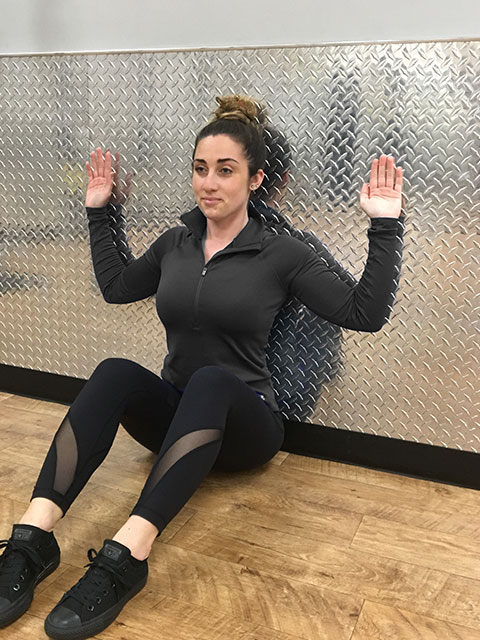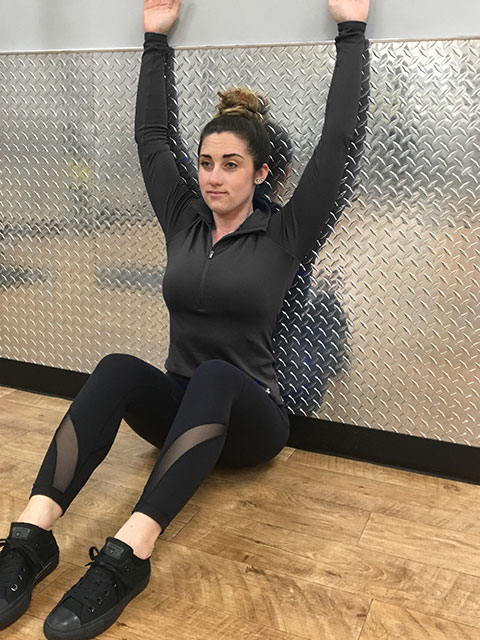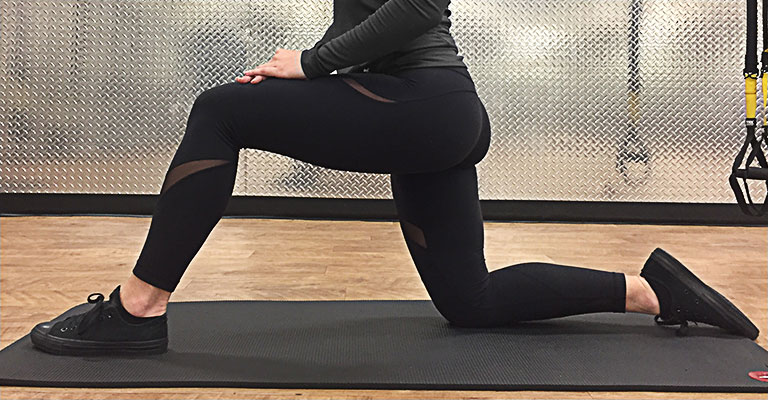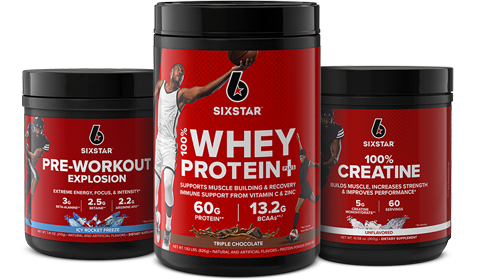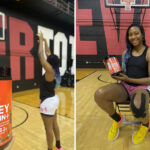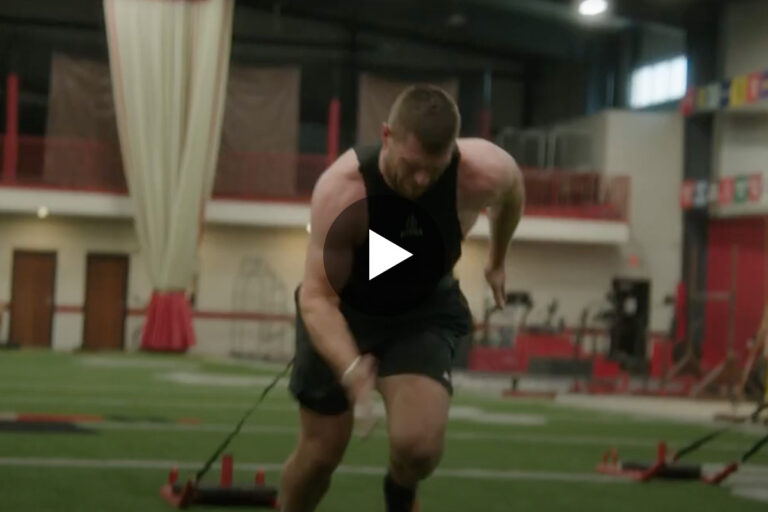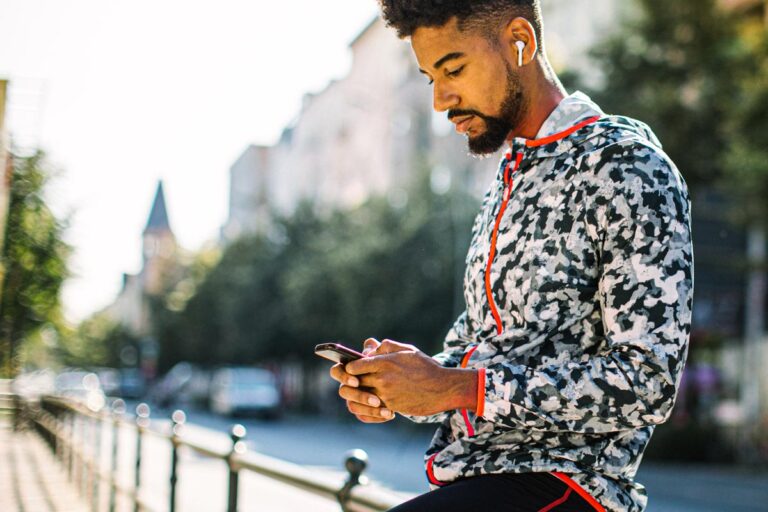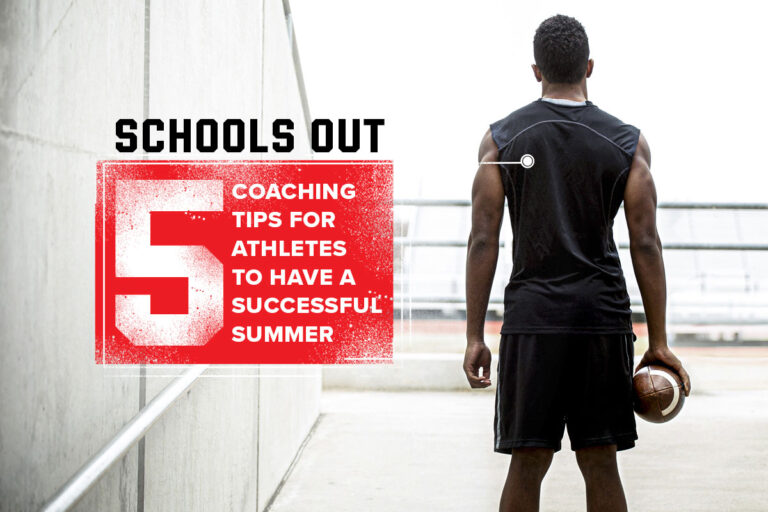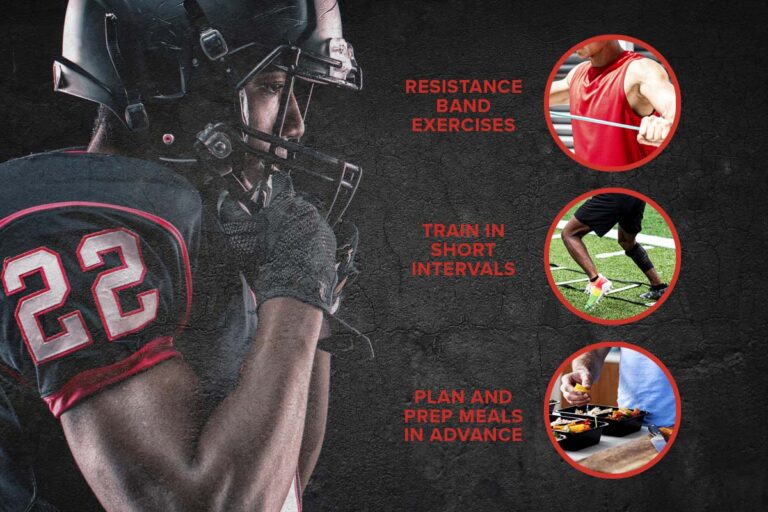BY ERIN FISCHER
Having maximum mobility strength is crucial for any type of physical activity. Improving one’s overall body mobility can help to establish a functioning range of motion and help with stiffness during different types of movements. A weakness in one area can cause other parts of the body to compensate for what is lacking, putting unnecessary stress on different parts of the body. There are many different routines and types of stretching for mobility, but following these mobility drills and stretches for each body part will allow for extreme mobility improvement.
1. ADDUCTOR STRETCH (GROIN)
This stretch focuses on the long groin muscles that run from the pelvis to the knee. Start by standing with your legs in a wide stance. Begin to lean toward one side, bending at the knee, keeping the other leg and your back straight. This should be held for 10 to 20 seconds before switching sides. For added difficulty, reach toward the floor and hold the stretch with your palms touching the ground.
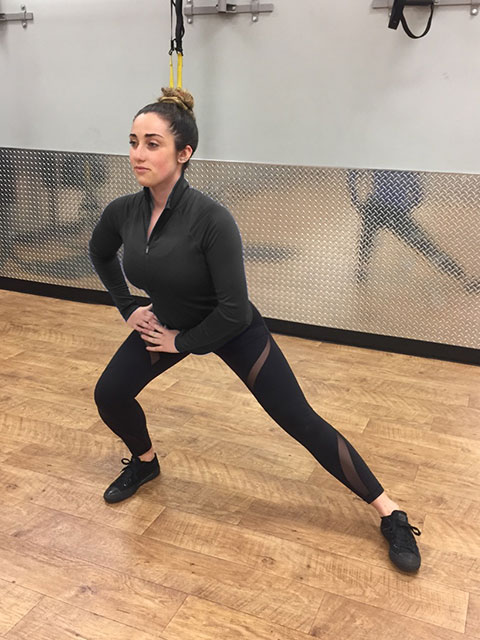
2. BAND LEG LOWERING (HAMSTRING)
Start by lying flat on the ground and bring your legs straight up, flexing your feet. It is crucial that your lower back stay flat on the ground at all times. Place the resistance band around the bottom of one foot keeping that leg straight. Begin to slowly lower the leg without the band toward the ground, stopping when you feel your lower back begin to lift. This exercise can be done with or without a resistance band, but using the band does help to make the movement easier. This should be done for about 8 reps per leg, taking two to three seconds to lower, and two to three seconds to raise back upright.
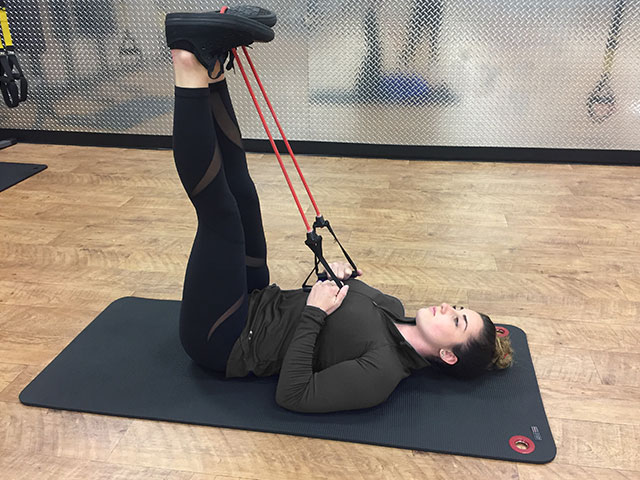
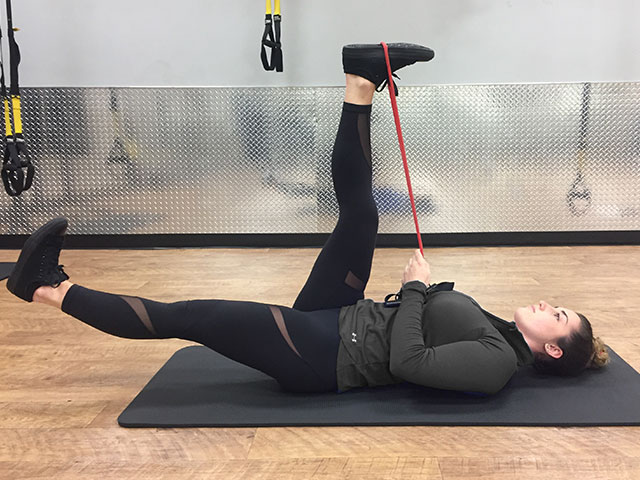
3. KNEELING HIP FLEXOR STRETCH (HIP)
To begin this movement, start with one knee on the ground and have the other leg in front, bent at the knee. Then begin to push forward from your hips, keeping your back upright. Do not force too much pressure, as no pain should be felt. This should be held for 10 to 20 seconds and repeated two to three times before switching legs.
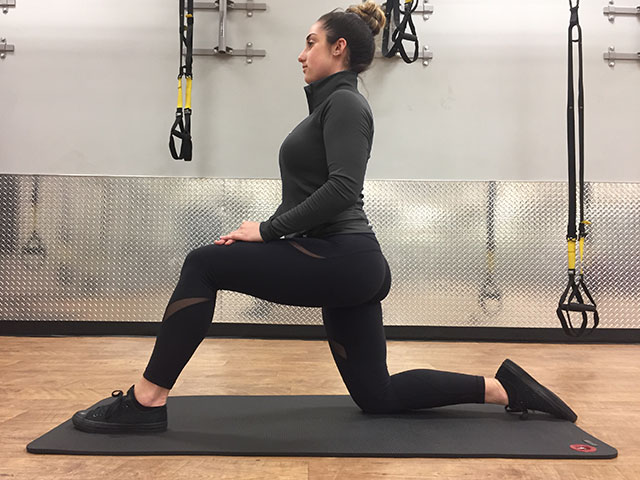
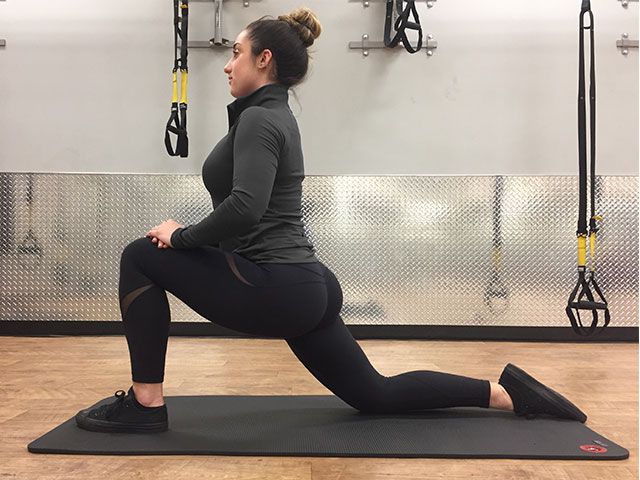
4. TOE PULLS (ANKLE)
Stand facing a wall with your hands out in front of you against the wall. Put one foot in front, a couple inches from the wall, and the other behind you with your toes tucked under. Begin to shift your body weight onto the front leg, bending slightly at the knee. This is going to be felt along the top of the foot into the ankle, increasing ankle mobility. This should be done in a pulsing movement for 10 seconds, and then switch to the other leg.
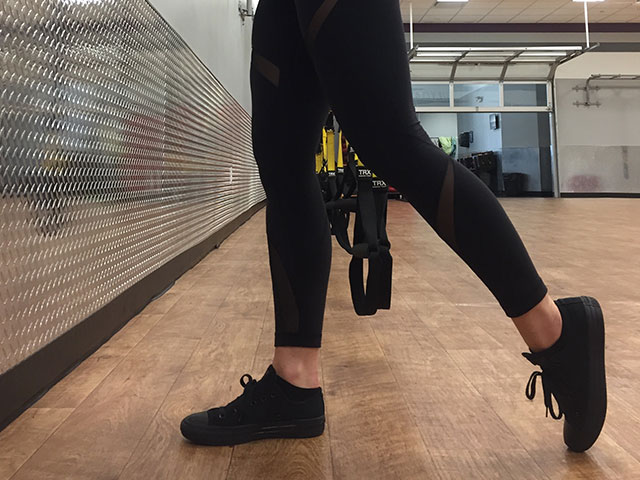
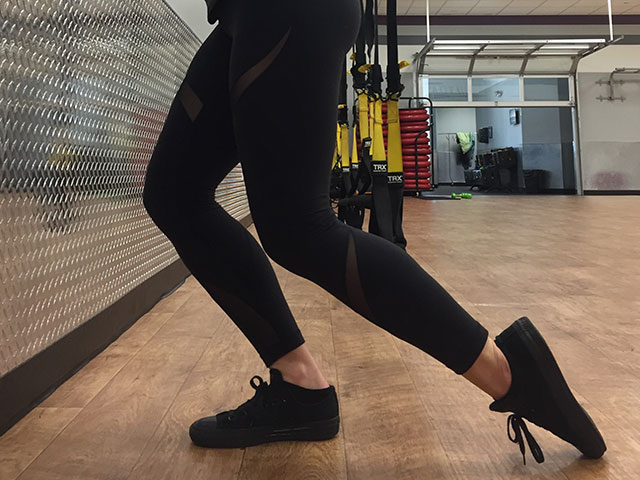
5. WINDMILL (BACK)
Lay on your side on the ground with your knees bent and your arms straight out in front of you. Keeping one arm flat on the ground, reach up and to the opposite side with your other arm, having your head turn to follow it. The eventual goal is to have the back of your hand get as close to the ground as possible. This is going to be felt in-between the shoulder blades in your mid back, with a stretch in the chest region as well.
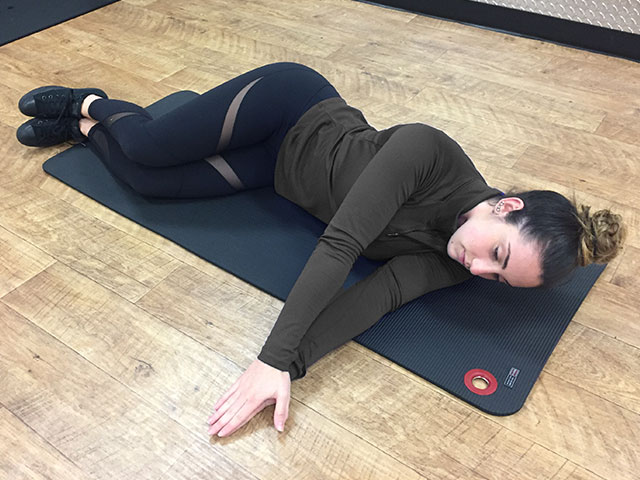
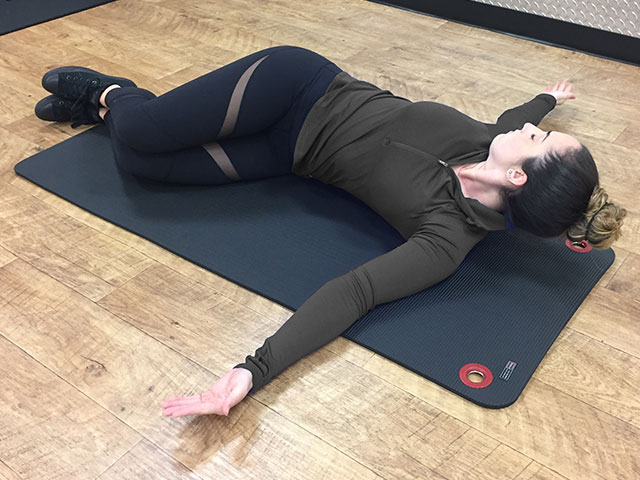
6. WALL EXTENSIONS (SHOULDERS)
Start by sitting upright parallel to a wall with your hips and back flat against it. Bend your arms and raise them above you, so they are at a slightly less than 90-degree angle, pressing against the wall. It is crucial throughout this entire movement that your upper arms, forearms and entire back remain flat against the wall. Begin raising up your arms and straightening at the elbows. You want to end with your arms straight upright above your head, still against the wall, and then bring them back to the starting position. Tightness with this range of motion is normal, so if you are too tight to have them reach straight up above you, raise your arms until you feel them lift off the wall, and then return back to starting position. This should be done slowly and done with 5 to 10 repetitions.
